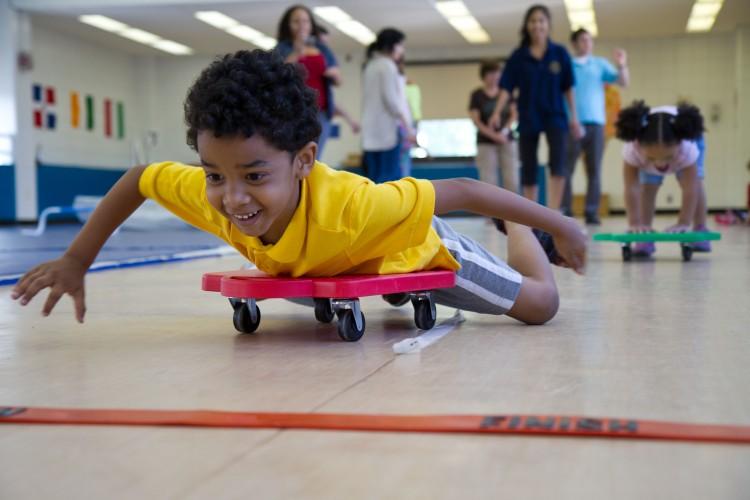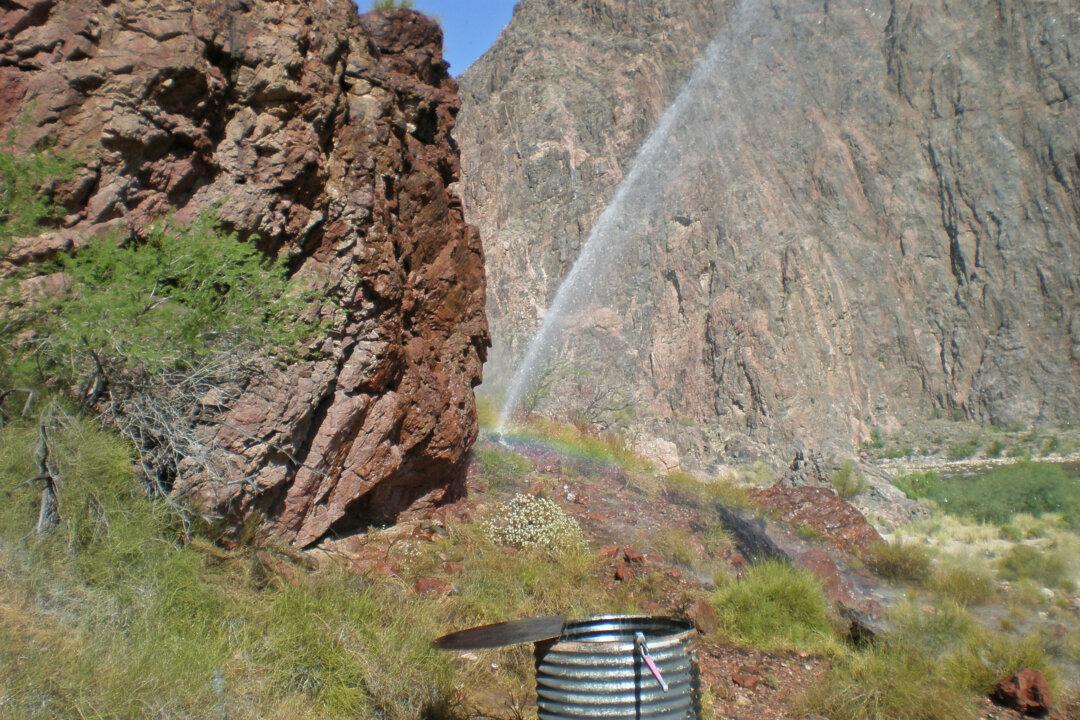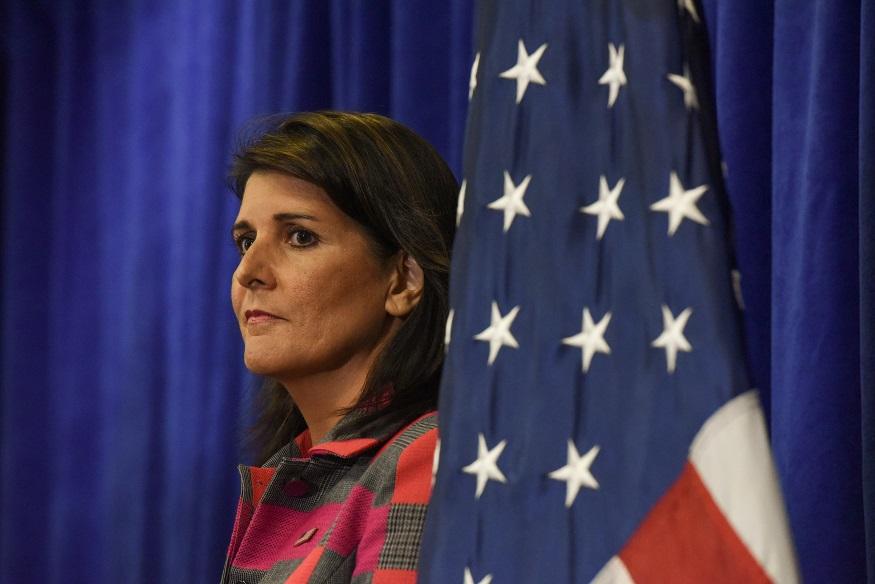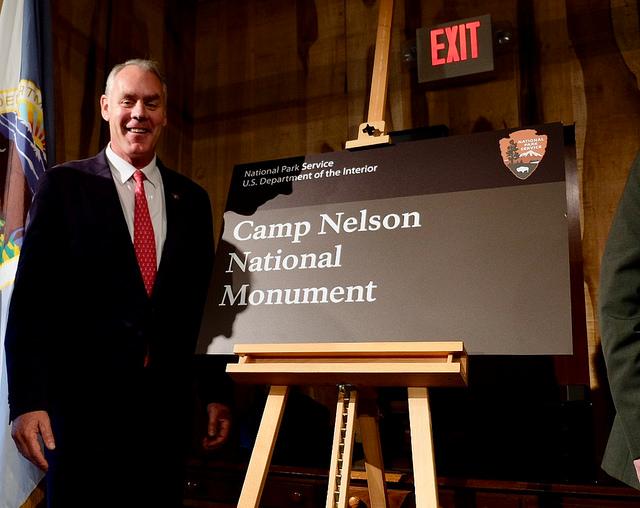NEW YORK—Nathaniel Hood stood up on the podium and smiled as the gold medal was placed around his neck, the national anthem playing softly in the background.
“Yes! I did it! I’m the winner!” Hood exclaimed, smiling ear-to-ear. He waived and then took a bow, adding, “Thank you, thank you.”
Hood then stepped down and joined his classmates on the floor, cheering wildly as they also received their gold medals.
This wasn’t a scene from London—it was in the Bronx—but the excitement was just as palpable.
[etssp 570]
Hood, 5, along with approximately 100 other children from the New York Institute for Special Education (NYISE), competed in their version of the 2012 Summer Olympics in the Northern Bronx Thursday—a treat for all those in attendance.
“I love it. Look at the kids,” said Barbara McPhillips, principal of the school, as she watched the smiling students running around her. “It’s all about the kids and their reaction. Everyone is a winner.”
Several parents were on hand to watch their children compete, cheering them on much like Aly Raisman’s parents’ did in London.
“It was exciting because he is normally quiet and reserved so this really pulls out his character,” Angela Valez, mother of Ruben Julius Segui, 4, said. “This is not something he would normally do. If he was in the park outside and there was bunch of kids he might not try stuff, but here, he is comfortable.”
The students of NYISE range from 3 to 5 years old, and encompass a variety of disabilities including speech impairment, mild orthopedic impairment, or learning or emotional disability.
The NYISE 2012 Olympics put the focus on what these children can do instead of what they cannot.
They soaked up every minute of their 2012 Summer Olympics experience, competing in seven kid-sized events, all modified to meet their special needs: the javelin, which used a foam pool noodle; volleyball, which used a beach ball and lowered net; a ground-level balance beam; lowered hurdles; “swimming,” which involved the kids getting belly down on a scooter board and pulling themselves across the floor; “weightlifting” items from their classrooms; and basketball.
With their teachers and therapists acting as both coaches and cheerleaders, the children dove into all of the events.







